New Tech New Art [Part 1 Coverage of ArtTech + Blockchain Connect NYC]
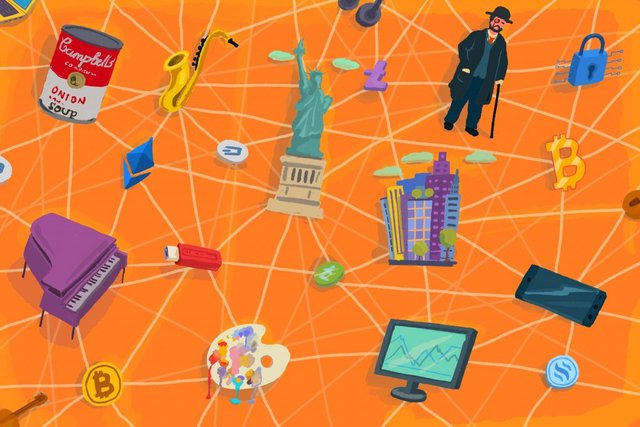
Proof of artWork
Last month, we had the pleasure of being a supporting partner for the New Art Academy's ArtTech + Blockchain Connect NYC event at New York University. The full-day of conferences and keynotes captured a comprehensive outlook on the state of blockchain in the art industry and the future impact of decentralized technology. To our knowledge, it is the first time an industry-specific conversation on art and blockchain with problem-oriented installments took place, integrating stakeholders and parties from every level of the art-world ecosystem. Panels, presentations (and even an auction) spanned to cover the perspectives of both legacy companies and decentralization-focused startups.
Every level was strongly represented. There was the blockchain registry Artory, the legacy auction house Christie’s, practitioners including Kevin Abosch and Jessica Angel, platform communities like Dada and SuperRare, and even bonafide lawyers operating with creative industries like Cynthia Gayton. The conference attempted to tackle each facet of the field, reflected also in the diverse demographics of the audience from industry leading collectors to artists themselves.
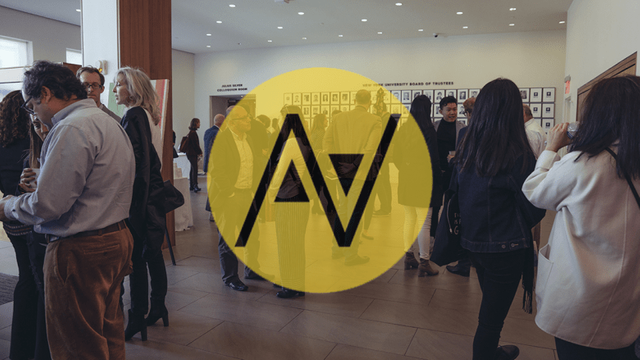
So let’s get right into the play-by-play of the event. With so much to cover, we've split the overview into Part 1 (presented today) and Part 2 of ArtTech + Blockchain Connect NYC.
Bitcoin, Blockchain, Breaking New Ground
The event kicked off with an introductory lecture by Nolan Bauerle, Lead Researcher at CoinDesk, going over the historical origins of cryptography prior to the emergence of Bitcoin. From general principles and applications of manual distribution of information to the modern day example of peer-to-peer networks, Bauerle mapped out the emerging need of cryptographic infrastructure over the last century.
"Cryptographic keys are the definition of expressing consent in the digital world."
This holistic perspective set the stage to argue in favor of cryptography supporting specific industries like that of art. The presentation set to stage an argument that blockchain is a proven mechanism, and that it is growing in complexity with advanced governing systems and crypto-economics. Bauerle answered the common initial question "but why blockchain?" through an academic lens, and made very clear the domains in which distributed security, governance, and systems are so pertinent.
Blockchain’s Technical Value to Art
The first panel consisted of Nanne Dekking from Artory, Anne Bracegirdle of Christie’s, Roy Huang of Fresco, Masha Golovina of Masterworks, and Daniel Doubrovkine of Artsy. Discussions circles mostly around the present-day use of blockchain behind these companies and the varying benefits it brings towards a legacy infrastructure. It was very clear that blockchain is already being heavily leveraged by legitimate institutions and the applied network is growing at a rapid pace. Artory's recent partnership with Christie's to log auction events and similarly notable provenance data is a stride in that direction and one of the more poignant endeavors to merge traditional systems with distributed ledger tech.
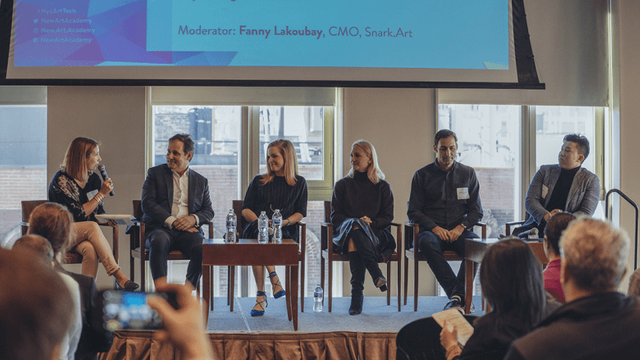
Provenance was one of the main themes, a particular application of a decentralized ledger to secure very vulnerable information in the art market. Information is always susceptible to tampering, which is highly troublesome in an industry where accurate attribution and data are paramount to supporting the accuracy of value for an art piece. The sheer data produced by these means are also highly complementary to collectors, gallerists, distributors, and other institutions looking to maintain better insight into the play-by-play history of their valued assets.
The culture of buying, selling, and in particular collecting was emphasized as well. With open source networks, blockchain allows a higher level of accessibility, a quality that is not typically associated with the elite market of creative products. Traditional auction houses cater to a very small slice of the art-appreciating public and until now, the majority of art lovers had little way to engage with and support their favorite creators around the world. This is not the case anymore. With new technology and new networks, the blockchain industry is nurturing a new generational demographic that is able to create and collect art outside of the traditional ecosystem.

It is also important to note that most of these companies are using blockchain without a dedicated cryptocurrency, creating a more substantial argument to prove the use case of the technology first before any speculative vehicle for investment. At its very baseline, blockchain is a stronger infrastructural tool.
What's Phase Two [of Blockchain]?
Christopher Vroom of CollectorIQ took the stage next, starting off with one of the most memorable representations of blockchain's current status -
Vroom's presentation provided a window into the influx of globally accessible data that previously relied on faulty interpersonal trust to exist. Most of the art industry today operates almost completely on subjective relationships and inconsistent interpretation, a quality that also pervades finances and provenance.
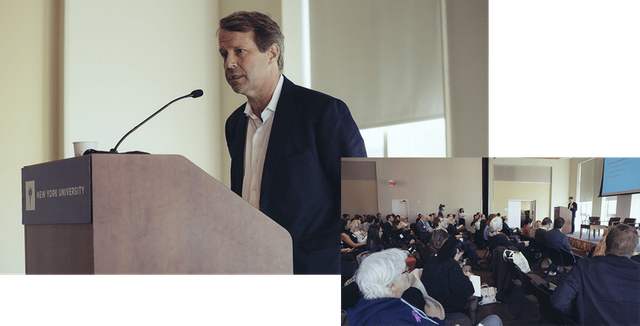
South Park's contribution to this next technology is to ask, what is stage 2? What are the business and operating models that go between the accumulation of data and profit? As we move away from the monetization of backend and personal data, are their new paradigms to capitalize and grow on transparency?
Dumb Contracts and Dubious Legality
For the final convening prior to intermission, moderator Roxanna Zarnegar of the Sotheby's Institute for Art brought together leading legal practitioners in the blockchain space, each with unique experiences creating contracts and working with regulators. Jennifer Schipf of AXA, Cynthia Gayton of Gayton Law, Alexandra Levin Kramer of CKR Law, and Nicole Bouchard of Crozier Fine Arts spoke to the problem sets and ongoing innovations concerning supply chains in the emerging decentralized art industry.
Much of the talk connected well back to Bauerle's earlier remarks on the ideas of trust and efficiency. While the art market presents itself as a pristine and high-end industry with highly coveted artifacts, it is actually riddled with messy pockets of negotiation and lack of accountability. The amount of scribbled or simply missing information is astonishing, and the industry is in desperate need for a better mechanism to log the movement and transaction of goods.
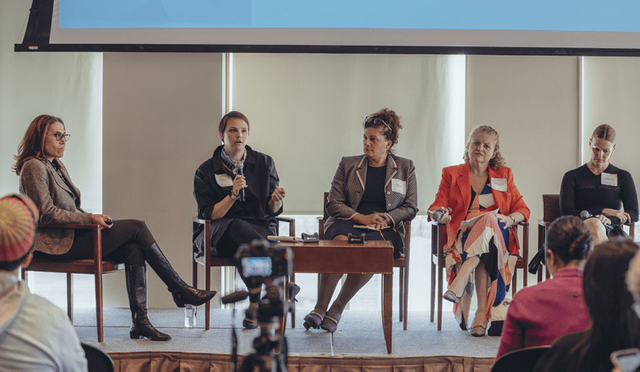
For this panel, the discussion topic began with a focus on the nature of supply chains in the art market and what blockchain brings to the table in terms of innovation. Very quickly though, the conversation and Q&A veered to cover the current state of SEC regulation in US and its wide-reaching implications across borders. It was a rare opportunity to ask a spectrum of legal experts on what the heck is going on behind the books, with many of them echoing the trusted adage better safe than sorry.
Getting Deeper into 'Blockchain Art'
Thanks for joining us for Part 1 of the coverage of ArtTech and Blockchain Connect! Part 2 will go over the proceedings of post-lunch musings at ArtTech + Blockchain Connect NYC, focusing primarily on integration of blockchain in creative practices and art markets around the world.
Stay tuned for the release of Part 2 soon. If you’d like direct insight into the mission of the whole event, be sure to read our interview with New Art Academy founder Elena Zavelev here.
Event Name: NYC ArtTech + Blockchain Connect
Website: Link
Twitter: https://twitter.com/NewArtAcademy
Cover Artwork: Zsolt Vidak
Photographs by Nastya Sergienya

Posted from my blog with SteemPress : https://thecreativecrypto.com/new-tech-new-art-part-1-coverage-of-arttech-blockchain-connect-nyc-2/